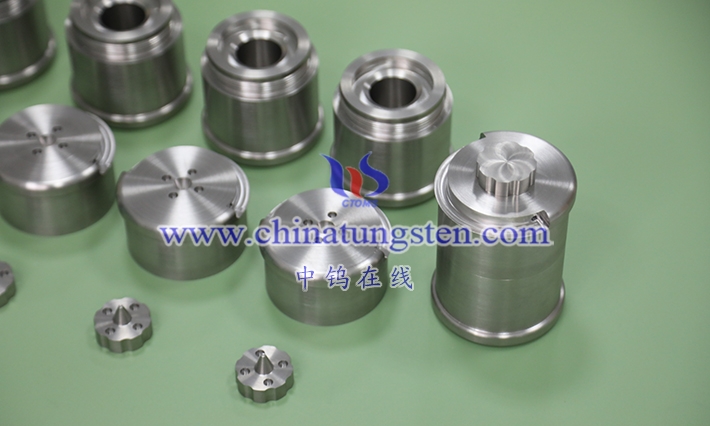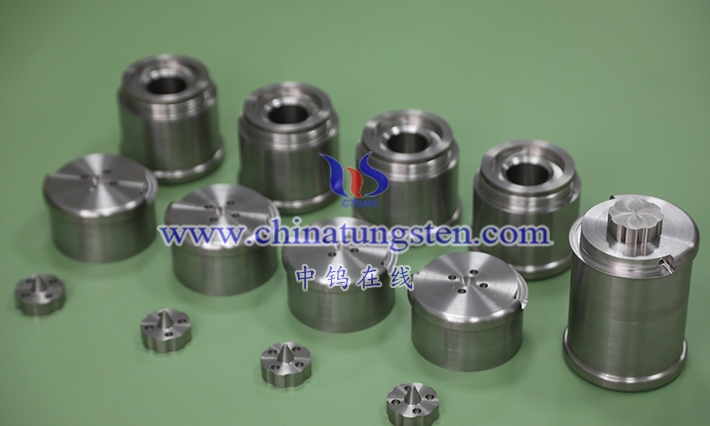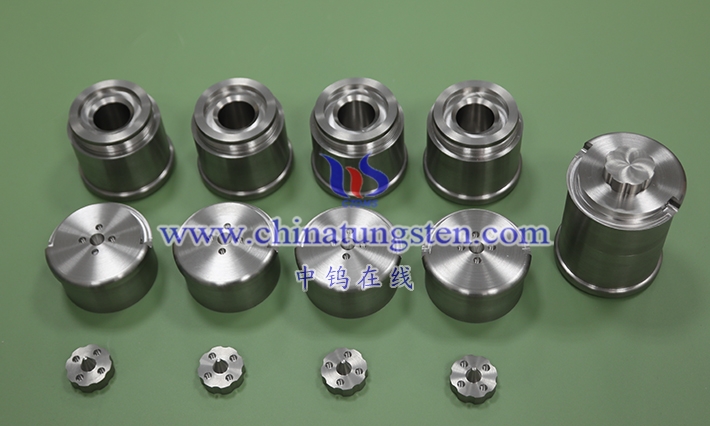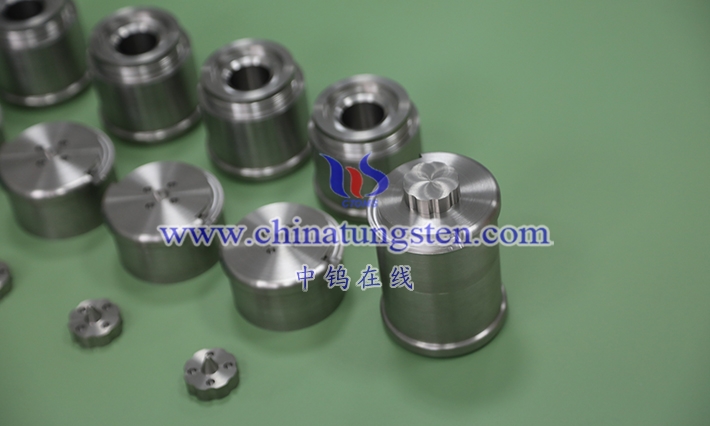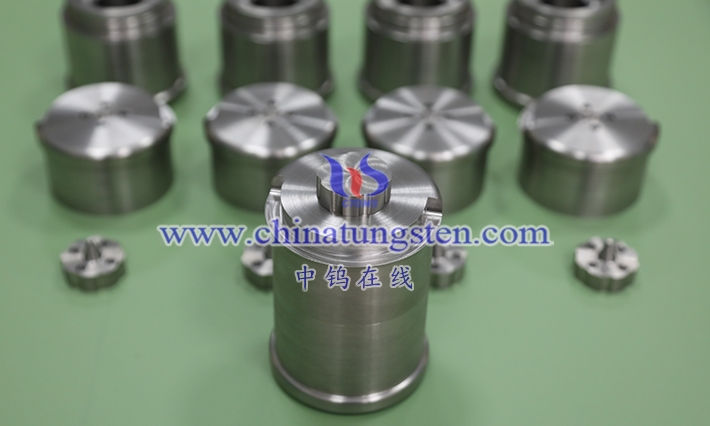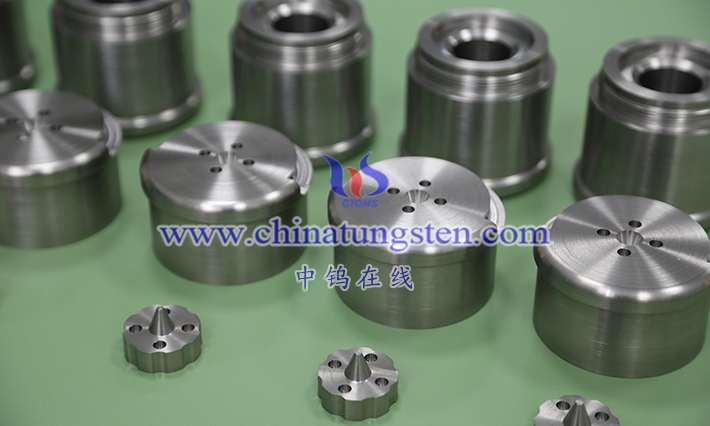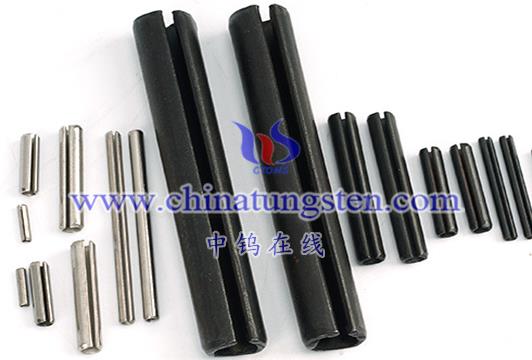
The performance of high-density alloys in high-temperature and high-pressure environments mainly depends on their composition, microstructure and thermodynamic properties. These alloys usually have good high-temperature strength, hardness, creep strength and fatigue resistance, and can maintain good performance in high-temperature and high-pressure environments.
In high-temperature environments, the lattice vibration of high-density alloys intensifies, resulting in accelerated atomic diffusion. This makes the alloy have good plasticity and toughness at high temperatures and can withstand certain plastic deformation. In addition, high-density alloys have high thermal conductivity, which can effectively transfer heat to the outside world and reduce the temperature gradient inside the material.
In a high-pressure environment, the atomic spacing of high-density alloys decreases and the lattice constant becomes smaller, resulting in an increase in the density of the material. At the same time, under high-pressure environment, the free energy of materials increases, the atomic diffusion speed accelerates, and the phase transformation point of the alloy increases. These changes have a certain impact on the mechanical and physical properties of high-density alloys. For example, a high-pressure environment may cause a material to increase in strength and hardness while reducing its plasticity and toughness.
In order to ensure that high-density alloys have good performance in high-temperature and high-pressure environments, the following measures can be considered:
- Select appropriate alloying elements and components: According to the required performance characteristics, select appropriate alloying elements and components to optimize its performance in high temperature and high pressure environments. For example, adding strengthening elements can increase the strength and hardness of a material, while adding toughening elements can improve the plasticity and toughness of a material.
- Optimize the microstructure: By controlling the preparation process and heat treatment process of the alloy, optimize its microstructure and phase composition to improve its performance in high temperature and high pressure environments. For example, refining the grains can increase the strength and hardness of the material, while optimizing the phase composition of the alloy can enhance the material’s corrosion and oxidation resistance.
- Surface treatment: Treat the surface of high-density alloys, such as coating, carburizing, nitriding, etc., to enhance its corrosion resistance and oxidation resistance, and improve the high-temperature performance of the material.
- Temperature and pressure control: In high-temperature and high-pressure environments, the changes in temperature and pressure should be controlled to maintain the stability and uniformity of the internal and external environments of the material.
In summary, the performance of high-density alloys in high-temperature and high-pressure environments depends on their composition, microstructure and thermodynamic properties. The performance of high-density alloys in high-temperature and high-pressure environments can be optimized by selecting appropriate alloying elements and components, optimizing microstructure, surface treatment, and controlling temperature and pressure.
More details of tungsten alloy product, please visit website: http://tungsten-alloy.com/
Please contact CHINATUNGSTEN for inquiry and order of tungsten carbide:
Email: sales@chinatungsten.com
Tel.: 86 592 5129595
